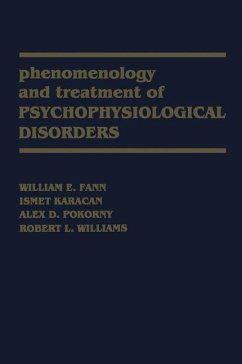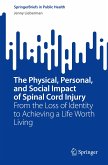The interrelationships between somatic and psychiatric complaints involve virtually every major organ system and every psychiatric diagnostic category. Psychiatric distress frequently finds expression in physical ailment or pain, and chronic physical illness or disability is a common exacerbant of psychiatric symptoms. The complexity of the interplay between psychological and physiological disease is profound, and many of the mechanisms involved remain undefined or imperfectly understood. Our intention in assembling this volume, the fifth in the Baylor Psychiatry Series, has been to consolidate the most recent medical and psychiatric opinion on the description and treatment of psychophysiological disorders. We have included reviews and new material on disorders long understood to be in the psychophysiological realm, such as gastrointestinal disease, pulmonary reactions, headache, and hypertension. Additionally, there are contributions on conditions less frequently, but no less clearly, recognized as psychophysiological or psychosomatic, including immune response deficits, epilepsy, stuttering, and sleep disorders. Chapters on Couvade syndrome, menstrually related mood disturbance, obesity, keratoconus, and anorexia nervosa examine the degree to which psychological and physical events interact in conditions usually considered attributable essentially to a single system. Drs. Dowling and Gaitz have written excellent reviews of developmental elements in psychophysiological events, and examine such disorders as they are specific to the very young or the very old. Treatment approaches to the variety of disorders are discussed in chapters by Dr. Decker, who describes multifaceted modalities, Dr. Lomax, who examines psychotherapeutic techniques, and in a final chapter on psychopharmacological mitigation of psychophysiological syndromes.








